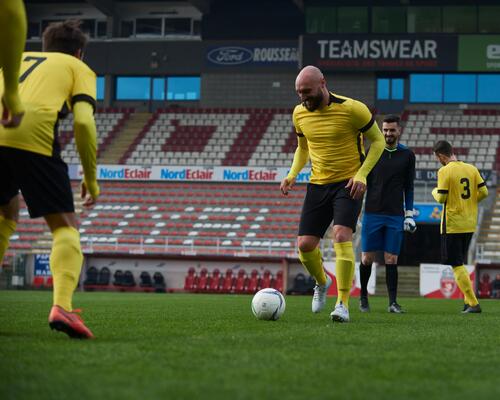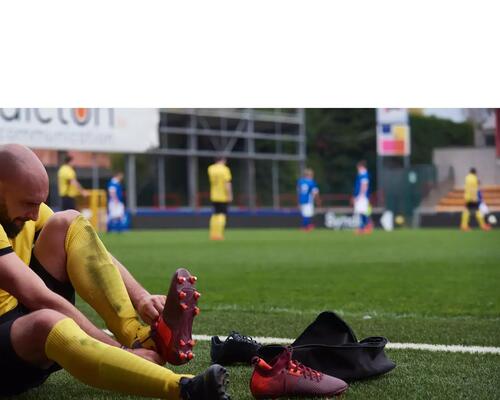Their role in the team
The wide midfielder is at the heart of the game, along with the other midfielders in their team, and they take an active role in the team's equilibrium, whether it's during constructive phases or while trying to contain the opponent. They are a vital element in "maintaining the pack" by acting as a link between attack and defence.
Depending on the phases of the game, the tactic used by the coach and the context of the match, the contribution of a player in this position to offensive and defensive tasks varies. In one single match, they can act as attacking midfielder and/or full-back. They are known for their versatility and their ability to keep running up and down the line.







